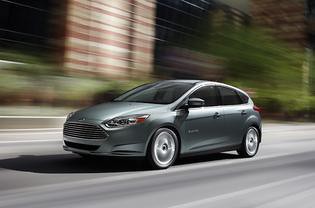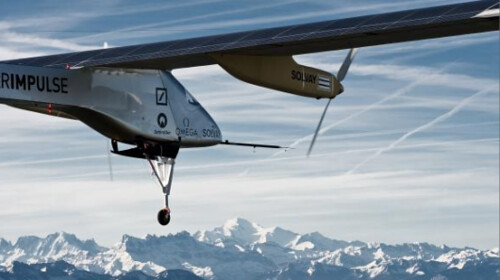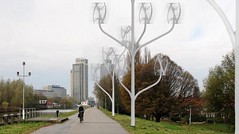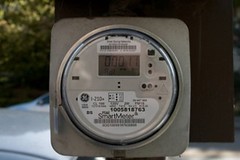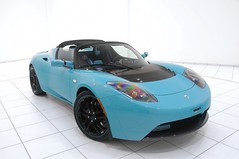
We know that ground-nesting termites can build mounds where the temperature and humidity remain moderate year round (a concept that has drawn the attention of architects in recent years). But, for whatever reason, humans don't typically pay much attention to natural heating and cooling in their building design and construction—a fact that leads to an enormous amount of energy consumption so that building inhabitants don't suffer from the heat or cold.
You can find exceptions to this tendency to ignore trees, shade, hillsides, and sun exposure when constructing buildings, even back in the 19th century. One good example, highlighted in Julia Whitty's Blue Marble blog (the post is a couple of years old, but as relevant today as when it was written), is Lincoln's cottage, where the President escaped the suffocating climate of Washington D.C. in the summer.
Among the passive techniques that characterize the cottage:
The builders relied on smarts not watts. Some of their techniques included:
Orienting the building so a powerful crossbreeze blows when the front door and rear windows are opened
Installing tall windows with two sections, a top half to expel warm air and a bottom half to introduce it
Attaching shutters to block the sun or let light in when necessary
Decorating with lace curtains to minimize bugs not breezes
Some of the simplest techniques available could make an enormous difference in energy consumption in our homes and cities. It's not too late to learn from the termites and the builders of the 19th century.

